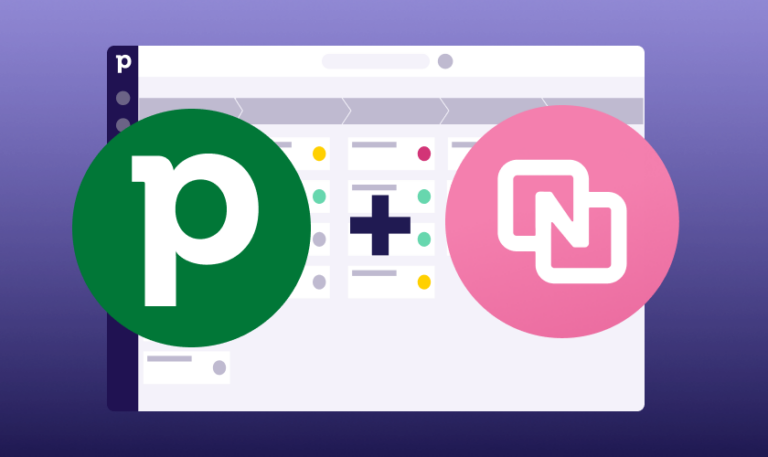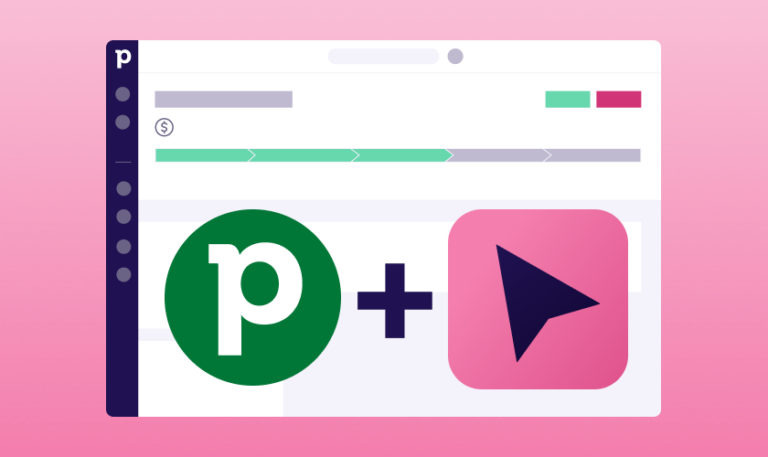Insight & inspiration
Lead Management in Pipedrive
We all have the problem of drowning in hot leads and not having any idea where to shove them all? No? Well, even if you get slightly less leads, it is still important to pay attention to their efficient adding, qualifying and handling. Leads are too valuable to lose, which is why creating a lead management process that runs like a clockwork is key.
There are many ways to manage leads in Pipedrive
There are three places for leads in Pipedrive: you can use the Leads Inbox, create a separate pipeline for leads or create 1-3 lead stages to the beginning of a sales pipeline. Or you can use a combination of these. It’s possible you need to try different methods out to see what works best for you, but consider the following when planning your lead management:
- How many leads do you get?
- Where do you get leads from?
- What do you want to know of the leads afterwards (reporting)?
- Are leads handled by different people from the ones working with deals in the pipelines?
If you get a lot of leads and there’s bound to be some that do not qualify, the Leads Inbox function (the crosshair icon on the sidebar) is most likely the best choice for you. In the Leads Inbox you can easily add a number of leads and it won’t make a mess of your sales pipeline. Think of it as a storage room for leads that you can use to fetch leads from whenever the sales pipeline is getting a bit too roomy.
In the Leads Inbox, one can assign labels to leads and filter them in different ways to always see the relevant leads. You can e.g. set leads from different sources with different labels and create automations to ensure that leads from certain sources are contacted quickly (for example, a lead with a label “Web form” will automatically have a call activity for the next day).
A separate lead pipeline for more advanced lead management
After finding the leads you want to actively pursue, you can start utilizing the sales pipelines. If your lead handling includes several steps or you want to be sure of the lead’s potential before transferring it to the actual sales pipeline, it might be a good idea to create a dedicated lead pipeline. This will also enable you to integrate marketing automation into your lead handling and send well-timed nurturing emails to your leads with Campaigns. A lead pipeline will also enable a clear and uniform way of managing and validating leads and a possibility to incorporate workflow automations to help your sales people with the tasks.
Leads can be a part of the sales pipeline
However, if your lead management is a quick and straight-forward process, there’s no reason you couldn’t simply add a couple of lead stages to the beginning of the pipeline. The first stage can be “Lead in” and the next one “Contact made”, no need to get any more complicated than that. But if you notice a lot of leads piling up on the first stage that no-one is taking care of, that’s a cue for looking into other ways of storing leads.
Having stages for leads in the sales pipeline must always be a well-thought-out decision because it will affect your reporting. If you want to monitor deal duration, meaning how long it takes your average deal to pass through your pipeline, you can’t have dozens of deals just sitting in the first stage. It will make a mess of your averages. In this case you must decide where the problem lies: where you store your leads (sales pipeline vs. Leads Inbox) or in the way you handle (or not handle) the leads.
If leads are not taken care of with precision it might be a good thing to see how long they just sit there on the pipeline. But if the management of the leads itself is not an issue but instead you get a lot of bad leads that are not valid for you, it might be better to just transfer leads elsewhere and only bring the sales qualified leads to the sales pipeline.
This way your reporting will give you accurate information on how your sales performs after a lead has been qualified. In other words: we’ll know how long it takes from when the sales person has started selling to the point the customer makes a decision to buy, and how many of your sales efforts actually end up with a sale.
Who manages your leads?
When deciding the best place for the leads, it also plays a role who manages the leads. What is the role of sales, booking company, marketing and any other party you have involved in creating and handling leads?
If the whole process is owned by sales after marketing has managed to fish out a lead, bringing leads into a lead or even sales pipeline may be the best option.
Where do your leads come from – and what difference does it make?
It’s a good idea to monitor where your leads come from. Typically this is done by creating a data field for the deal titled “Lead source” where you select a source for each deal from a drop-down menu. You can also set labels for deals based on the source.
When we know where each deal has originated, we find out where our best revenue is coming from. This way we can guide our marketing efforts to where the soil is the most fertile, and also try to understand why leads from another source do not seem to perform (disclaimer: if you have the lead source as a deal data field and you want to create a report in Insights using that data, you will need the Professional subscription plan. Excel exports however are available on all plans. Ask us for more information!)
The lead source field or label works best also if you automated populating it as much as possible. Less manual work means more consistent and reliable data.
Remember to document your lead management processes also in a playbook or process charts
Lead handling can be very time consuming for the sales people. It is good to understand how much it takes for one lead to go through the whole process. If everyone works in their own way, it’s more than likely that your CRM data is not in a good form.
So documenting your ways of working also with lead management is a must. What happens before the first contact? How do you even define a lead? Whose responsibility is it to generate, handle and qualify leads? Is it measured somehow, are there goals for it?
When you have answered all these questions, you are able to make Pipedrive work for you – not the other way around. A very good tool for documenting the processes is a Pipedrive playbook. If you haven’t done one yet, you can use the template we have created. Download it for free from here.
And if you need any other help in deciding the best way to work with leads, you know who to turn to!




